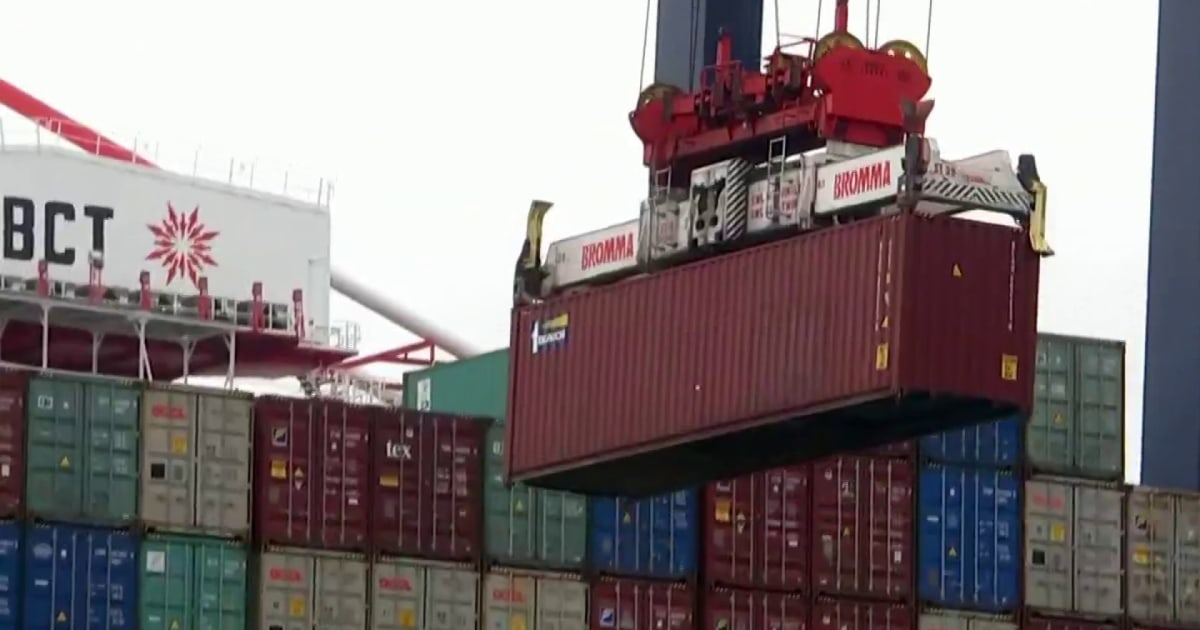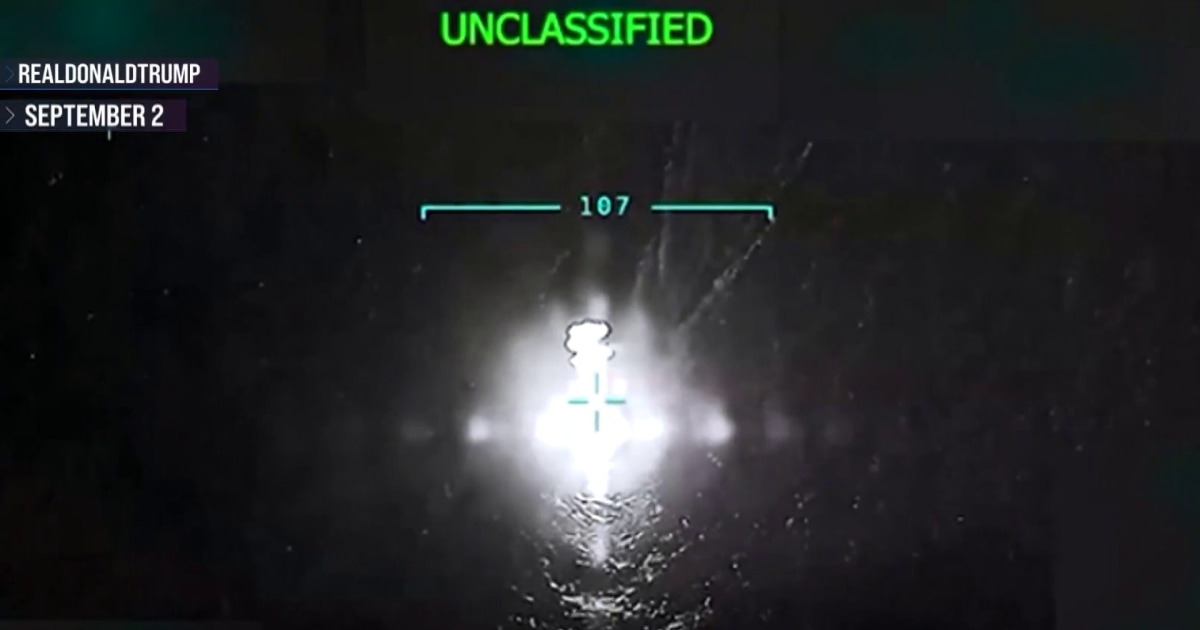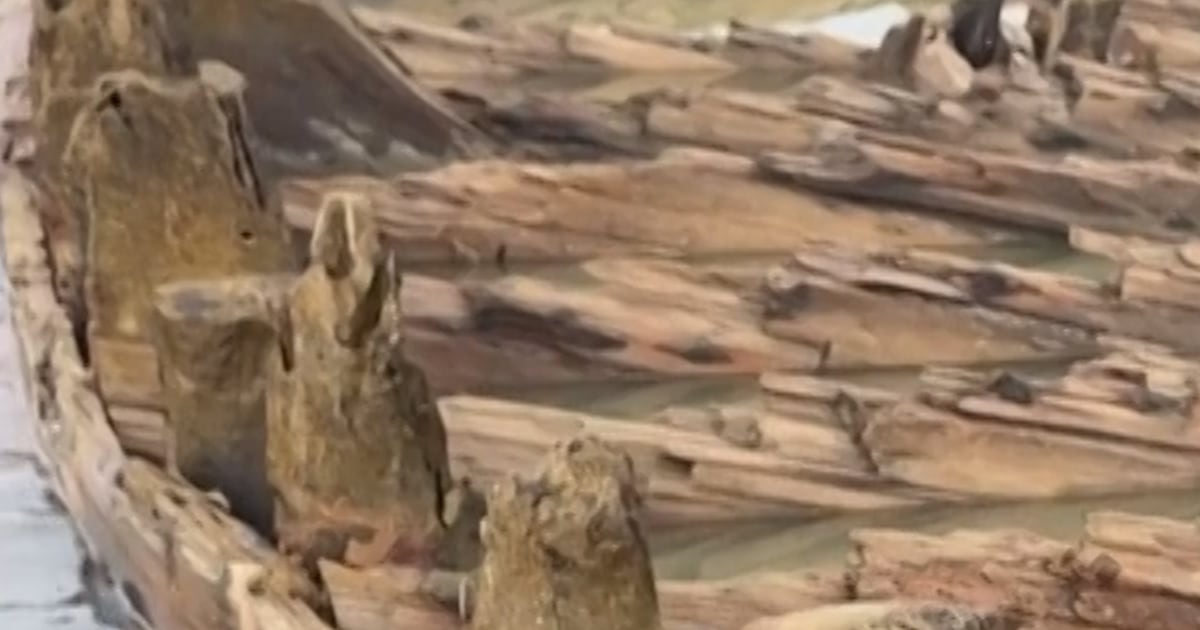President Donald Trump and Israeli Prime Minister Benjamin Netanyahu agreed to a peace deal to end the war in Gaza and threatened Hamas to accept it, as is, or else. “I have a feeling that we’re going to have a positive answer. But if not, as you know, Bibi, you’d have full backing to do what you would have to do,” Trump says. NBC’s Richard Engel reports for TODAY.
Source link
Trump Says Israel Has ‘Full Backing’ If Hamas Rejects Peace Deal




